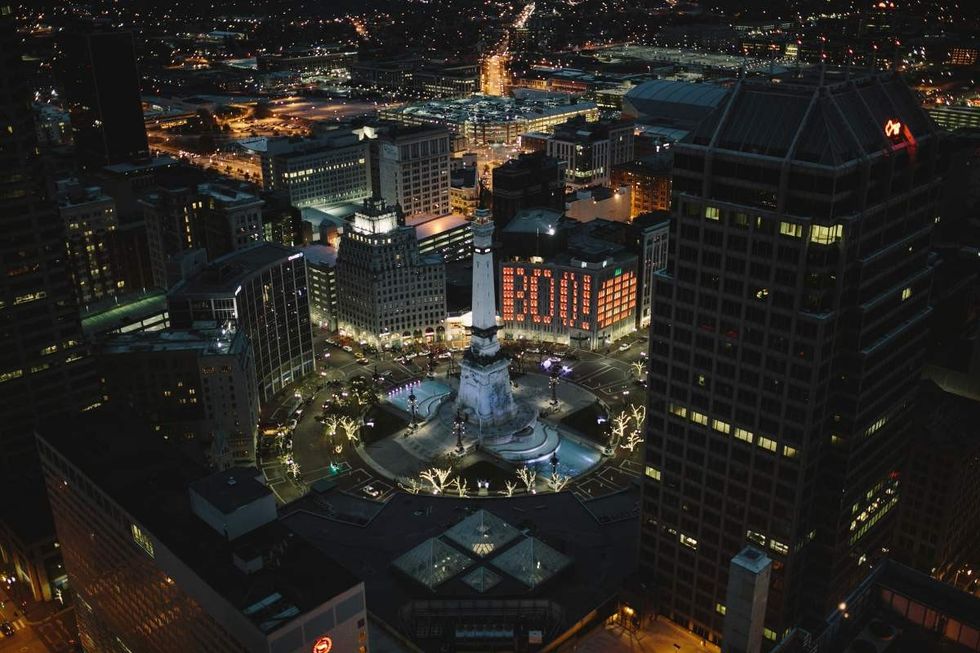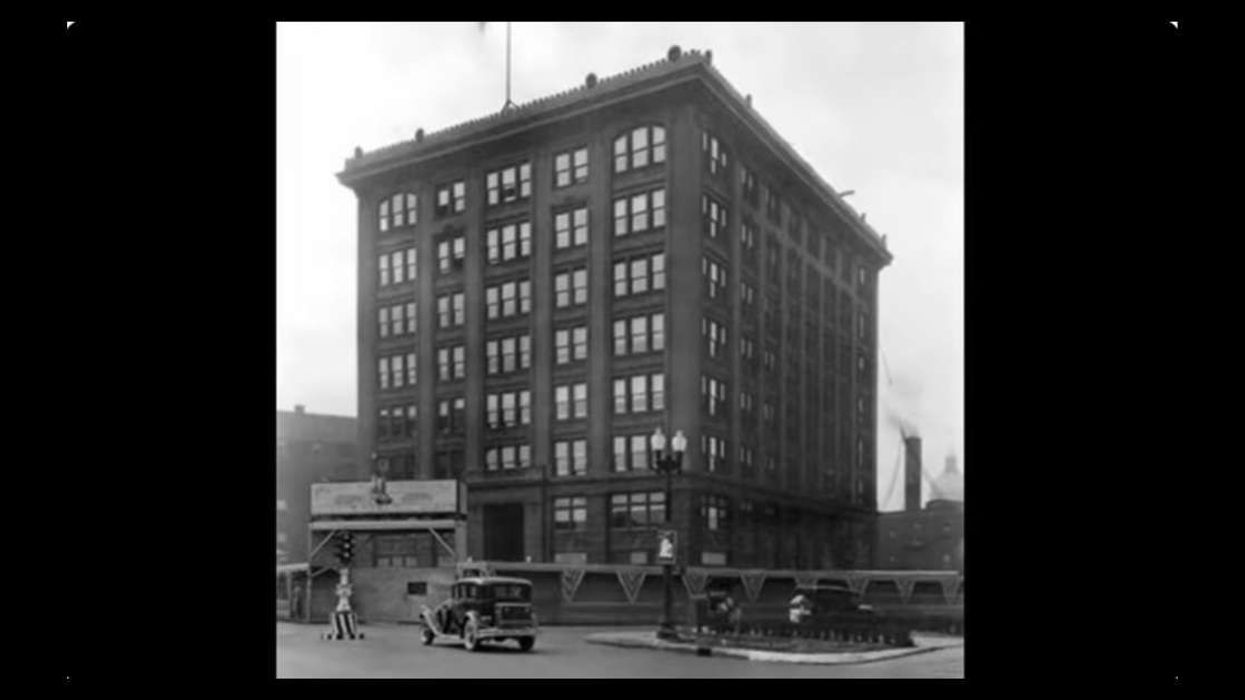Architecture is a brilliant fusion of geometry and design, crafting structures that feel both timeless and effortless. In 1930, between October 12 and November 14, a bold architectural feat took place in Indianapolis: the rotation of an 11,000-ton building by 90 degrees. Amazingly, none of the 600 employees working inside the building noticed the massive shift. This remarkable event involved the “Indiana Bell Building,” according to ArchDaily.
The building's history dates back to 1907, when German-American architects Bernard Vonnegut and Arthur Bohn designed it for the Central Union Telephone Company in Evansville. This seven-story structure, an example of Art Deco design, eventually became part of the National Register of Historic Places, cementing its place in Indianapolis's historical identity.

There were many offices and consequently, a large number of employees started working inside the building. Soon, as the working population in the building grew, a larger building was required, and hence a plan to demolish the building came up. The idea was to demolish it and build a new building for augmented staff size. But Kurt Vonnegut, Bernard's son, suggested that the building be moved to add more space to the headquarters. His idea was based on the fact that demolishing the building would disrupt the functioning of the city’s phone services.
So, the decision to simply move the building was made, but the question remained “how to do it,” especially with hundreds of employees still working inside. To move such an enormous building that measured 100 by 135 feet, was certainly no piece of cake. At first, they ensured that the employees kept working smoothly by adding flexible pipes to the building to supply adequate quantities of gas, water, communication lines, and other amenities. The final rotation was planned by engineers Bevington, Taggert & Fowler.
The enormous structure was first lifted using hydraulic jacks. Then, using hydraulic rollers on a concrete surface atop 75-ton spruce beams, they did the next task. As the building rested on one roller, they positioned a new block of the building and kept on repeating this process. Eventually, the building was shifted at a speed of 40 centimeters per hour. At first, it was shifted 16 meters south, rotated 30 meters, and then moved 30 meters west, until it was facing downtown Meridian street.
The process took four weeks to complete and was regarded as a monumental success at that time. According to Telephone Collectors International (TCI), not even one of the hundreds of workers in the building noticed even a slight movement while sitting on their workstations. However, sadly, the majestic building had to be demolished in 1963 as growing staff required more spacious offices. At present, the site houses the offices of AT&T, a 22-story complex that retains part of the Art-Deco style of the original Indiana Bell company.




















 A road near equatorial Atlantic OceanCanva
A road near equatorial Atlantic OceanCanva Waves crash against rocksCanva
Waves crash against rocksCanva
 Older woman drinking coffee and looking out the window.Photo credit:
Older woman drinking coffee and looking out the window.Photo credit:  An older woman meditates in a park.Photo credit:
An older woman meditates in a park.Photo credit:  Father and Daughter pose for a family picture.Photo credit:
Father and Daughter pose for a family picture.Photo credit:  Woman receives a vaccine shot.Photo credit:
Woman receives a vaccine shot.Photo credit: 
 Image artifacts (diffraction spikes and vertical streaks) appearing in a CCD image of a major solar flare due to the excess incident radiation
Image artifacts (diffraction spikes and vertical streaks) appearing in a CCD image of a major solar flare due to the excess incident radiation
 Brady Feigl in February 2019.
Brady Feigl in February 2019.
 Yonaguni Monument, as seen from the south of the formation.
Yonaguni Monument, as seen from the south of the formation. 